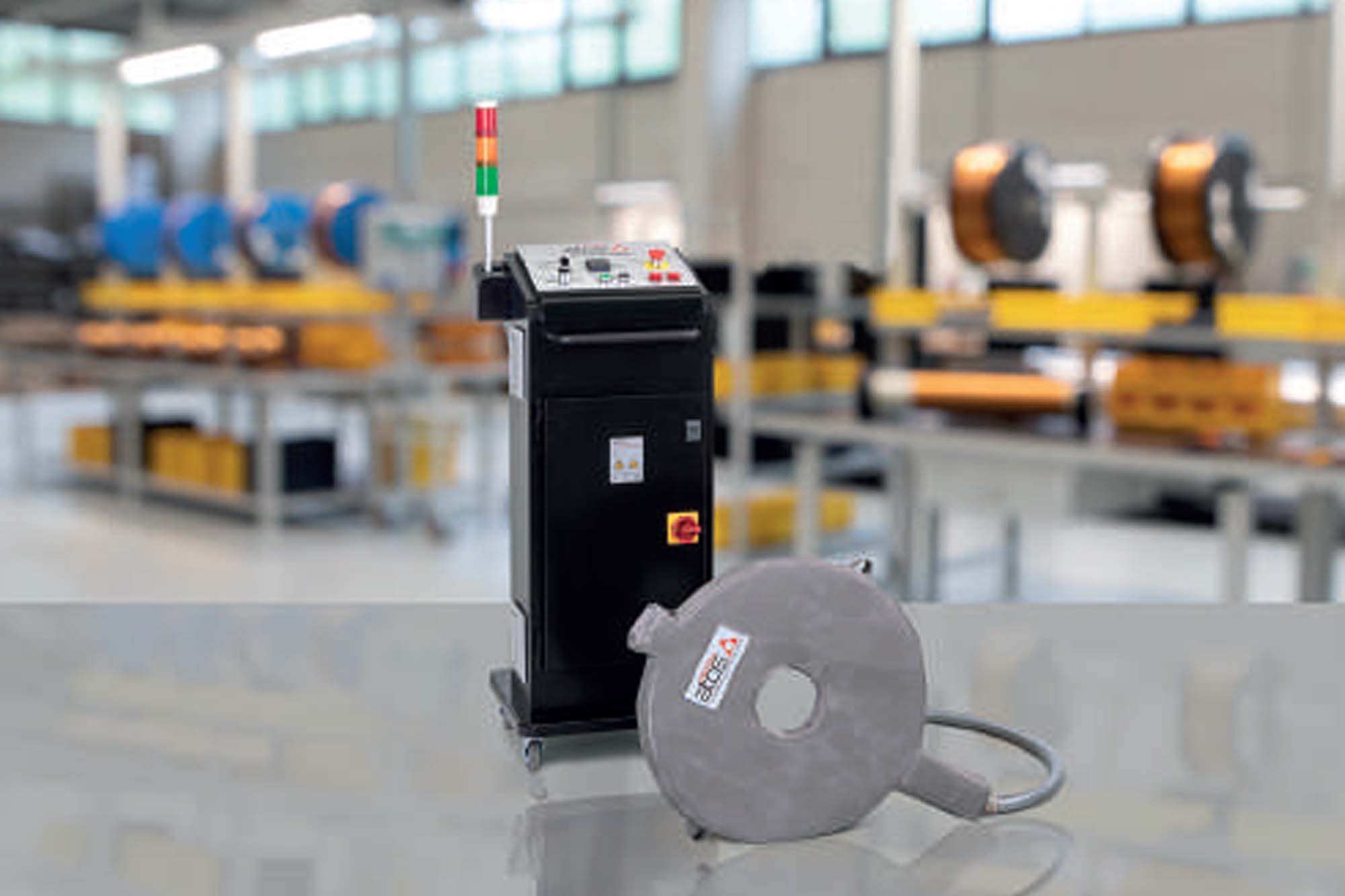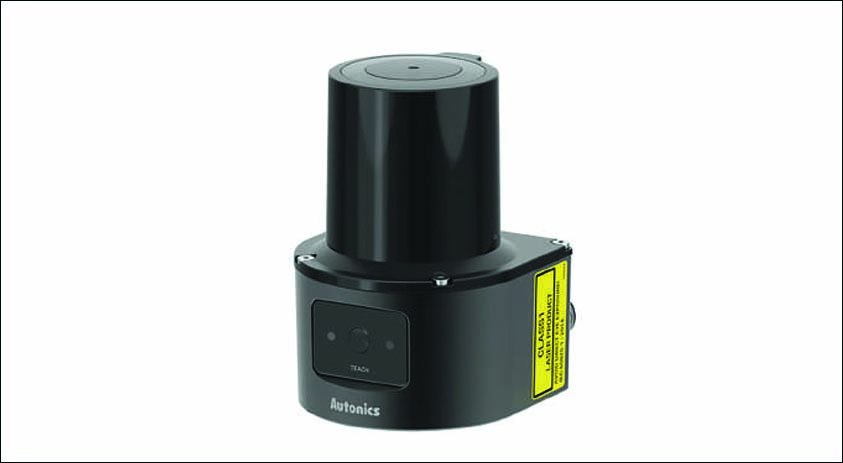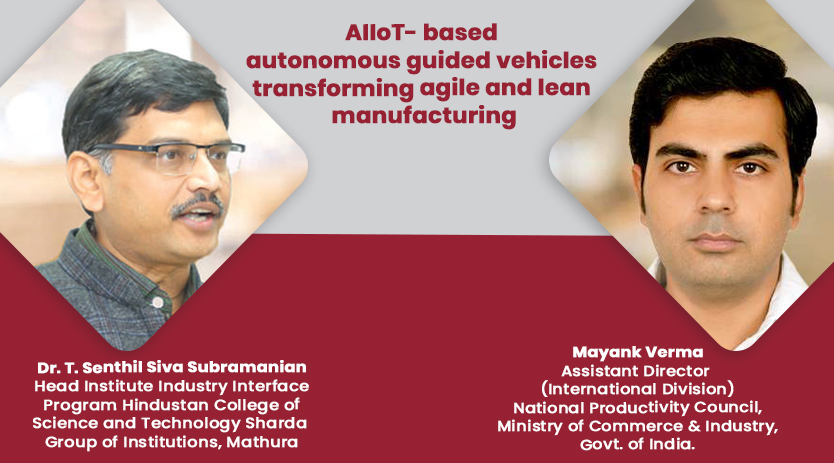Digitally transformed businesses best positioned to react to coronavirus challenges
By OEM Update Editorial May 13, 2020 11:11 am IST
Digital transformation and the connected enterprise have enabled businesses to respond quickly to the immediate challenges and needs posed by COVID-19. We take a look at how technology is facilitating companies to maintain production lines and run operations smoothly.
The World Health Organisation’s declaration of coronavirus (COVID-19) as a global pandemic is unprecedented — a situation the like of which has not been seen in generations. Its effects have been felt worldwide, and its exponential escalation has had a huge impact on the ability of health services to cope with the volume of cases.
Immediate action is required and has been taking place to get the disease under control, minimise its spread, and treat those who have contracted it. A phrase you’ll have seen in the news is “flattening the curve” — the strategy aimed at reducing the strain on health services by regulating the transmission of the virus and protecting the most vulnerable in our society.
In lieu of a vaccine, many countries have put in place strict rules aimed at separating people: “lockdowns” and curfews, with some, including China, Denmark, and Ireland, acting quickly to shut down schools and non-essential movement and work.
In addition to this social distancing, overcoming the COVID-19 outbreak is reliant on the use of preventatives such as alcohol-based hand gels and sanitisers, face masks and testing kits. Given the illness’ propensity to attack the respiratory system, ventilators are also essential to assist with treatment. And with an overwhelming spike in demand, all of these products are in short supply.
Responding quickly to global emergency
Praise for battling the virus is deservedly being levelled at healthcare professionals on the frontline. But we have also seen incredible innovation in the manufacturing space, aimed at helping with some of the challenges COVID-19 has brought.
This can be seen in various areas such as traditional distilleries manufacturing alcohol gels for hospitals, and automotive and aerospace manufacturers repurposing their production facilities and supply chains to meet the urgent new demand for ventilators.
And, of course, the life sciences businesses that already produce these essential products are ramping up their own operations, and the pharmaceutical industry is fast-tracking the development of a vaccine.
These companies’ prompt efforts have been made possible by digital transformation initiatives and connected enterprise solutions. The capabilities afforded by these strategies have allowed executive decisions to filter into action in ways that would have been unimaginable during previous global crises.
Digital rises to the challengeBusinesses that have embraced digital transformation are better positioned to adapt to immediate demands while maintaining production of other critical goods. In particular, there are three areas in which technology is proving vital in helping these businesses make a difference:
Safety and business continuity
Businesses always put the safety of employees first, but the definition of “safety” has changed: it must now incorporate adequate social distancing to prevent their workforce from getting sick. For officebased employees, working from home is generally straightforward; for manufacturers, on-site operators and engineers are usually essential.
Continuity is also a major consideration for manufacturers. Human needs still exist even in the midst of crisis. For pharmaceutical manufacturers, this is especially pronounced, as people still need other critical and sometimes life-sustaining medicines. Keeping their production lines operating and getting drugs to the market in the midst of this crisis is extremely challenging.
Potential solution: Remote technologies
Businesses with the capability to manage their critical operations remotely are far better positioned to ensure plant safety while taking appropriate measures to safeguard continuity. For example, augmented reality (AR) provides machine operators with step-by-step instructions direct to smartphones and wearable devices such as smart glasses.
This also enables remote engineers to provide guidance to site-based operations staff even when they are not on-site — vital to ensuring social distance while maintaining operations and adapting production lines. It also allows technical specialists from essential equipment suppliers to remotely troubleshoot and support manufacturing operations.
Responding to increased demand at scale
Prior to the coronavirus outbreak, the NHS had 8,175 ventilators, and now many thousands more are urgently required. China was responsible for manufacturing 60 percent of the world’s face masks. Ramping up operations and supply chains to meet immediate demand is an issue all manufacturers are wrestling with.
Potential solution: Connected operations and IoT technologies
Technologies such as advanced analytics of digitised operations enable businesses to accurately forecast how they can scale production to meet market demand and position them for data-driven decision making.
It provides real-time insight into the functioning of their production lines, where they are losing productivity, what steps are creating bottlenecks, where preventative maintenance is required and any process improvements that can be made. To achieve this level of insight, manufacturers must have connected operations, enabling the large volumes of data produced by their connected assets to be contextualised. This allows tools such as analytics to deliver real value.
Meanwhile, artificial intelligence (AI) is helping these businesses make the right decisions faster, as it thrives on complexity, crunching through multivector data at a speed impossible for humans. It is also being widely used in the drug discovery stage and has the capacity to dramatically reduce the time it will take to find a COVID-19 vaccine.
Flexibility and knowledge transfer Car manufacturers, for example, are not accustomed to producing ventilators, and will need to dramatically alter their production lines and supply chains in order to do so. At the same time, their engineers are trying to overcome the challenges of learning to produce a completely new product.
Potential solution: Flexible manufacturing lines
Businesses that have adopted technologies such as independent cart technology (ICT) have a high degree of flexibility already built into their production lines. These technologies enable businesses to rapidly adapt to changing demands and deliver increased throughput and much faster machine changeover times to produce new products at scale. A high degree of automation means that less on-site intervention is required than with traditional production lines, enabling plants to run effectively on a skeleton staff.
The need for speed
We are all in a situation without precedent. We all have a role to play in resolving it, and it is uplifting to see the industry working together to stop the spread of COVID-19 as quickly as possible. Speed is the word, here: speed of separation of people, speed of production, and speed of increasing capacity of the critical supply chain for those essential items required to defeat the virus.
It’s clear that the manufacturers that have already invested in digital technology — those that have successfully connected their enterprise and operations — are able to maintain production and react faster to rapidly shifting market dynamics.
Through the deployment of technologies that support remote working, data-driven decisions and flexible production, they are best suited to moving quickly and adapting their operations and supply chains to meet the challenge at hand, giving us the best possible chance to flatten the curve.
Authored by:
Billy Sisk,Life Sciences Industry Manager EMEA
Rockwell Automation
Cookie Consent
We use cookies to personalize your experience. By continuing to visit this website you agree to our Terms & Conditions, Privacy Policy and Cookie Policy.


















